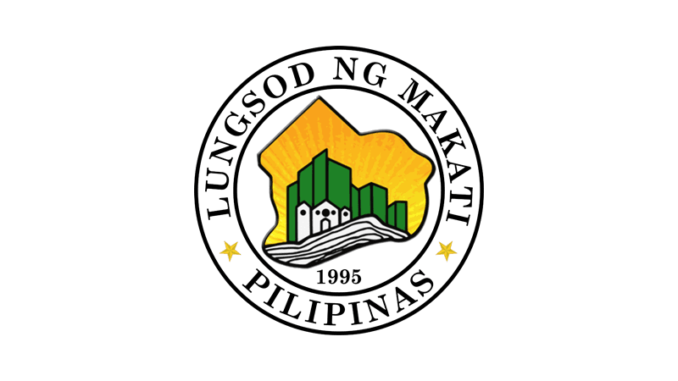
The Makati city government has effectively utilized air quality sensors in the barangays to provide timely and accurate pollution advisories during recent vog emissions from Taal volcano.
“With these sensors, we are able to pinpoint areas in the city where poor air quality poses serious health hazards. This has been very useful in the wake of the recent vog emissions from Taal Volcano,” said Mayor Abigail Binay.
The internet-enabled monitoring devices send real-time data to the Disaster Risk Reduction and Management (DRRM) Operations Center via wireless data transmission.
Air quality advisories are posted on the city’s social media platforms, warning residents and the general public in affected areas to take precautionary measures against possible adverse health effects.
To date, there are 824 units of indoor air quality monitoring devices and 200 outdoor air quality monitoring devices with solar panels installed in strategic locations throughout the city.
“These smart devices also help the city government monitor compliance with the Clean Air Act and related regulations, particularly among businesses,” Binay said.
This year, the local government has allocated a total of P165 million for the procurement of various types of smart devices in line with its adoption of Internet of Things (IoT) in its environmental management initiatives.


Be the first to comment